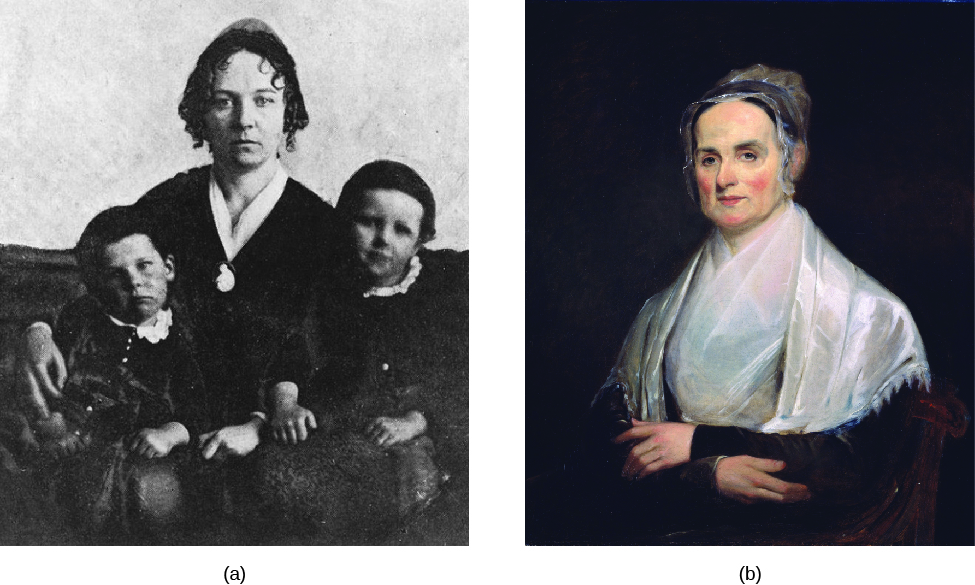| << Chapter < Page | Chapter >> Page > |

In 1848, Stanton and Mott called for a
women’s rights convention, the first ever held specifically to address the subject, at Seneca Falls, New York. At the
Seneca Falls Convention , Stanton wrote the Declaration of Sentiments, which was modeled after the Declaration of Independence and proclaimed women were equal to men and deserved the same rights. Among the rights Stanton wished to see granted to women was suffrage, the right to vote. When called upon to sign the Declaration, many of the delegates feared that if women demanded the right to vote, the movement would be considered too radical and its members would become a laughingstock. The Declaration passed, but the resolution demanding suffrage was the only one that did not pass unanimously.
Along with other feminists (advocates of women’s equality), such as her friend and colleague Susan B.
Anthony , Stanton fought for rights for women besides suffrage, including the right to seek higher education. As a result of their efforts, several states passed laws that allowed married women to retain control of their property and let divorced women keep custody of their children.
The women’s rights movement attracted many women who, like Stanton and Anthony, were active in either the temperance movement, the abolition movement, or both movements. Sarah and Angelina
Grimke , the daughters of a wealthy slaveholding family in South Carolina, became first abolitionists and then women’s rights activists.
Following the Civil War and the abolition of slavery, the women’s rights movement fragmented. Stanton and Anthony denounced the Fifteenth Amendment because it granted voting rights only to black men and not to women of any race.

Notification Switch
Would you like to follow the 'American government' conversation and receive update notifications?